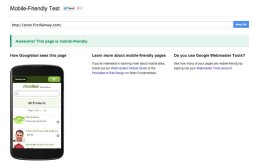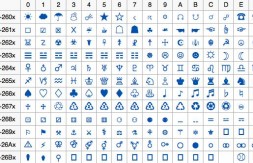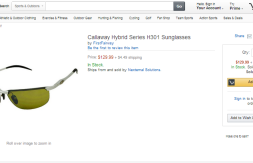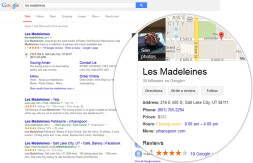Tips for Minimizing the Impact of Dimensional Weight Pricing
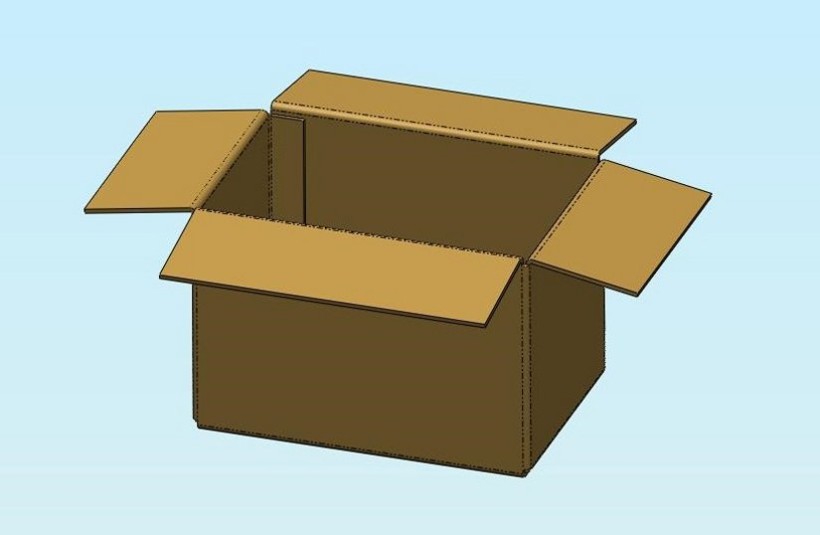
Last year, both FedEx and UPS announced major changes in the way shipping rates would be calculated in 2015. We now know that ground shipping, priced by weight alone, is a thing of the past, and that box dimensions are no longer irrelevant. Although it may not be dramatically evident to shoppers at first, the environment is definitely changed. Some initial little changes that consumers can expect to see include fewer large, light boxes on their doorsteps that are 75% empty, and higher online prices for shipping large items, or on the items themselves. More significant changes to the environment are expected over time as this change settles in.
From a merchant perspective, if you are in the lucky group, this will not affect your world much. If your products have a decent weight in relation to their size, and you are packing boxes economically, all you may need to do is enter box sizes into your eCommerce system. However, those who ship larger, lighter weight products can expect to see these changes more obviously, with increased shipping charges in 2015. Therefore, it is wise to take the bull by the horns, and respond by being prepared. Here are a few approaches savvy Nexternal merchants are using to hit this new ground running:
1. Cover Real-Time Assets: If you are using real time rates, confirm that you are maintaining accuracy in your shipping cost calculations, and consider adding padding.
a. Enter your box sizes. You can set rules for box sizes in Nexternal based on the carrier selected and number of items or weight. For example, a rule would be: For 1-4 items, if the shopper chooses UPS or FedEx, box size 1 is 4 x 4 x 6, and if they choose USPS, the box size is the small flat rate box. For 5-8 items, etc. (In Nexternal, this is found in Settings / Compatible Software / Online Shipping Tools / Preferences. Consult your Account Manager if you would like assistance).
b. Override. For products that are very large, and perhaps can’t follow the rules you set for your box size selections, you can indicate that these will ship separately, and enter the appropriate box size for that product. (In Nexternal, edit the product, scroll to page two Product Overrides / Individual Shipping Package.)
c. Pad Rates. If you are having trouble setting rules for your products, consider adding a percentage adjustment, or flat rate adjustment, to cover your bases in case of under charging. (In Nexternal, this is in Settings / Compatible Software / Online Shipping Tools / Preferences / Fed Ex… or UPS)
d. Refine. For other products that may not be so large that they need to ship separately, but are on the larger side and lighter weight, consider overriding just the shipping cost charged for that product. When the system calculates the rate for the package, your overridden cost will be used for that item, and its weight will be omitted for rating purposes. These products may be the ones which have a dimensional weight which is higher than the actual weight.
2. Strike a Balance between Customer Appeal and What You Can Afford: If your shipping costs are going up this year, passing those transparently along to the customer may not be the best approach. Numerous studies have shown that online shoppers do not like to pay for shipping, and high shipping costs are the single largest reason for cart abandonment. Some other options are as follows:
a. If possible, increase the base cost of your larger, lighter weight products. Many retailers bake slightly higher costs into their product prices, in order to maintain the low or free cost of shipping. If you have a product that tends to drive traffic into your store, you may not be able to change its price. Just let that product be a loss leader, and it’s up to you to entice customers to buy more from you once they’re there.
b. Consider strategically losing a little money on shipping. Some online companies think of shipping costs along with their cost of doing business. Of course, do this with care! But if the numbers work out, perhaps you don’t have to be dollar for dollar on shipping.
c. Consider introducing a new shipping cost calculation method. Flat, free or reduced rate shipping with a threshold have proven to be extremely popular because they work well with consumer psychology. Customers do like the simplicity of knowing how much they will be paying for shipping up front. There is also some evidence that free shipping increases brand loyalty.
3. Ensure that you’re using the best, most cost effective method and box sizes for shipping your items, and packing economically. (This is a separate point from what you actually quote and charge customers).
a. Analyze your shipments and adjust box sizes as needed. It used to be okay to put something small into a big box. But in 2015, you will pay for all of the empty space in that box. Consider stocking some new box sizes, or adjustable size boxes to help eliminate empty space.
b. Train your shipping staff. Make sure the people who ship your boxes understand that box size does matter, now more than ever, and that increasing box size will increase your costs. Encourage efficient packing.
c. Consider using USPS for appropriate items. USPS still has flat rate box options, and depending on your mix of products, these may be a gold mine.
A bit of preparation goes a long way. Contact your account manager if you need assistance.








